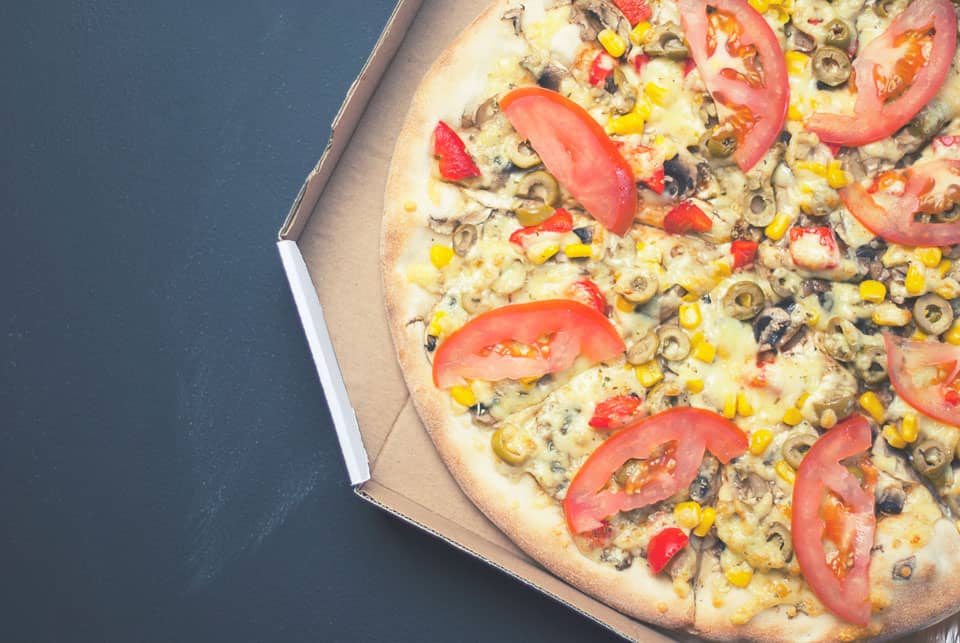“Value” is an easy word to say in any industry. We all know you have to create it, communicate it, and capture it. The challenge lies in defining and quantifying that value. Few industries face a more difficult challenge than the quick service restaurant (QSR) industry, because a QSR purchase decision is surprisingly complex, even if consumers don’t perceive it that way.
The quality of the food is paramount, but many other factors contribute to the overall value: cleanliness, location, speed, consistency from restaurant to restaurant, bundles and portion sizes, brand image, service, breadth and variety of the menu, and last but not least, the counterweight on the other side of the scale: price.
This is common knowledge in the industry: it is extremely hard to build a model to optimize prices and capture all the potential interactions when consumers decide whether and what they want to buy. With so many variables in play, it can be hard to get the buy-in you need to convince managers or franchisees that the prices your model recommends really reflect consumer’s willingness to pay and influence their behavior.
Two other factors compound the problem. First, like any other industry, QSR operators love to have a loyal following. But a “loyal” customer for any restaurant still probably spends the majority of his or her money at competing restaurant chains. It comes as no surprise that five of the top 10 most visited stores in the United States belong to the QSR or food/beverage categories : McDonalds (48.4% of consumers in March 2015), Subway (37.4%), Starbucks (31.8%), Burger King (19.9%), and Taco Bell (19,.5%).
Then there is the issue of franchised stores vs. company-owned ones. Unlike Starbucks, which has very uniform prices across its network of company-owned stores, a QSR headquarters can generally make only pricing recommendations to franchisees rather than set binding prices.
The “uncommon” knowledge in the QSR industry, however, is that the same factors which drive complexity also create opportunities for differentiation. No QSR, even one with the high traffic numbers of a Subway or a McDonald’s, can be everything to everyone. The solution lies in being very special to someone, and then pressing that competitive advantage once it is established. The number of variables in a potential model means that a restaurant chain has many opportunities to be far and away the best at something, or some narrow combination of factors.
This solution has both qualitative and quantitative aspects.
On the qualitative side, QSRs define a customer benefit by owning a message (e.g. consistency, service, or perhaps breadth of menu such as Sonic’s drink combinations). They can also create a perceived leadership on a menu item (think milk shakes at Shake Shack or Blizzards at Dairy Queen). Subway combines a narrow focus on a menu item with an addition benefit (health). In our increasingly fragmented world where shared routines are fewer and fewer, QSRs can also strive to own an occasion (“you deserve a break today”, breakfast, late night, etc.) The effort to find what you should own begins as a branding exercise rather than a pricing one. But it will ultimately become the source of pricing power as the chain builds its menu around this core advantage.
Combining the qualitative and quantitative aspects into a successful menu pricing strategy requires a special set of capabilities. You need the skills to conduct, interpret, and apply market research, and complement them with storytelling skills to create awareness, attract customers, and support your brand’s message. The winning solution combines hard data on a narrow focus with a strong message which establishes and supports the value proposition. This creates the platform for pricing power. It is the winning recipe for creating, communicating, and capturing value in the QSR industry.
We have the experience, the processes, and the benchmarks to help you establish your focus, improve your menu pricing strategy, and then help you develop the World Class Pricing™ capabilities which can turn a frustratingly complex pricing exercise into a simpler and stronger one … one which brings more consumers into your stores and sends more dollars to your bottom line.
Article written by Paul Hunt, President of Pricing Solutions, and Greg Thomas, Vice President of Pricing Research & Analytics.





